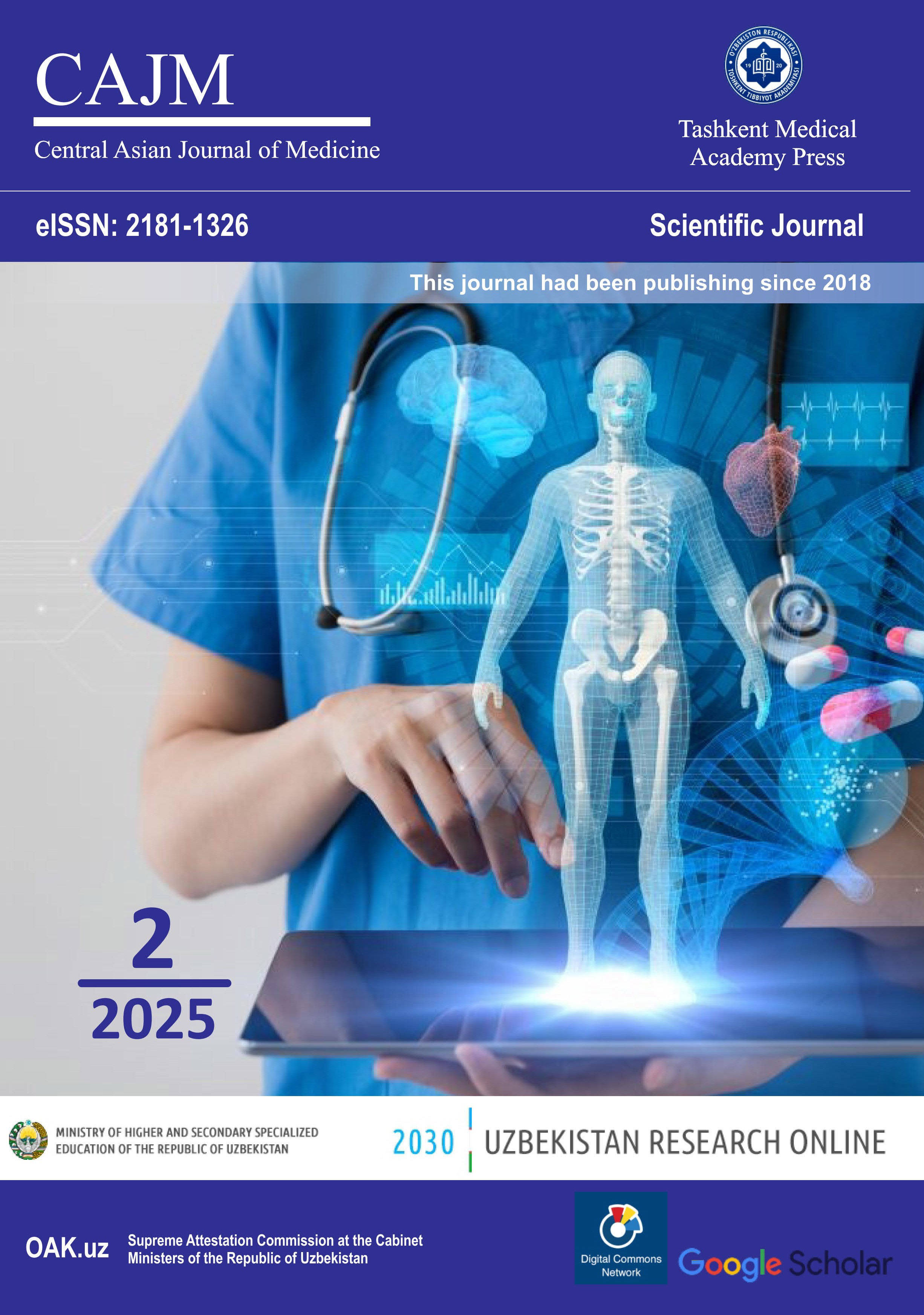MODERN METHODS OF COMPREHENSIVE TREATMENT OF PATIENTS WITH POST-THROMBOPHLEBITIC DISEASE WITH OPEN VENOUS TROPHIC ULCER OF THE LOWER EXTREMITIES (Literature review)
Keywords:
CVI, Postthrombophlebitic disease, thrombosis and thrombophlebitis, proteolytic enzymes.Abstract
Chronic venous insufficiency (CVI) of the lower extremities is one of the most common chronic diseases, which is a very pressing problem both in medical and socio-economic terms. According to data presented at the XIV World Congress of Phlebologists, in the countries of North America and Europe, 25% of the working population suffer from one or another manifestation of CVI, therefore diseases of the human venous system are an economic and social problem for all industrialized countries. Cases of occlusion of the muscular veins of the leg during long-term abdominal operations under general anesthesia with the use of muscle relaxants have been described. Thrombosis and thrombophlebitis of the deep veins in the majority of patients, approximately 90–96%, lead to the occurrence of PTS. The fundamental feature of trophic ulcers, in contrast to most wounds, is the absence of a clear staging of the wound process and a pronounced inhibition of tissue reparative processes. Moreover, within one ulcerative defect, signs corresponding to all three phases of the wound process can be simultaneously determined. It is traditionally believed that the greatest radicalism in eliminating devitalized tissues and sanitizing the source of infection is inherent in the surgical method.

